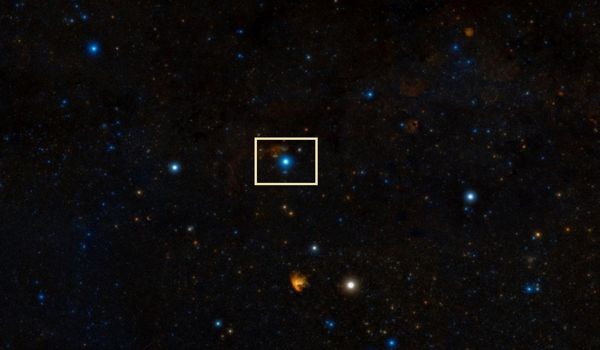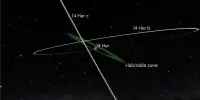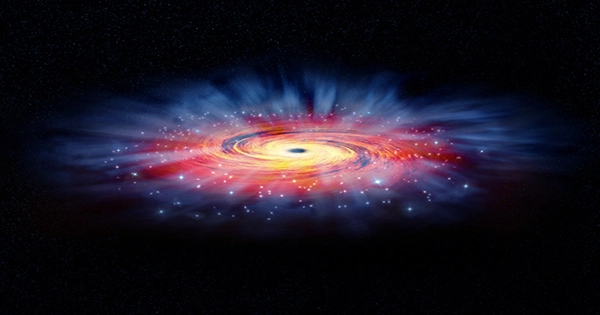S Cassiopeiae is a Mira variable and S-type star in the constellation Cassiopeia. It is the coolest star in the universe, not counting brown dwarfs though. It is an unusually cool start, rapidly losing mass and surrounded by dense gas and dust-producing masers. This star is located in the constellation Cassiopeiae, and it’s around 2000 light-years away from earth.
Distance
In the absence of a Hipparcos satellite measurement of its parallax, its distance from the solar system was estimated to be between 1,860 and 2,770 light-years. Gaia Data Release 2 published a parallax of 0.85850.1626 mas, indicating a distance of approximately 1200 pc, but the observations have a very high noise level and are considered unreliable. A distance of 460 pc is ideal.
Spectral type
S Cassiopeiae is an S-type star similar to Cygni, with a spectral type of S3,4e-S5,8e; these are asymptotic giant branch (AGB) stars similar to those of class M except that the dominant spectral bands of metal oxides are formed by metals from the fifth period of the periodic table, such as zirconium or yttrium. Another distinguishing feature of this class of stars is the rapid loss of mass; in the case of S Cassiopeiae, this loss is estimated to be 1.8106 M per year. Cassiopeia is a member of the Perseus constellation family, which includes Andromeda, Auriga, Cepheus, Cetus, Lacerta, Pegasus, Perseus, and Triangulum.

Characteristics
Cassiopeia, in astronomy, a northern sky constellation easily identified by a group of five bright stars forming a slightly irregular W. S Cassiopeiae has a radius of 934 solar radii and would extend past Mars’ orbit and the Asteroid Belt if placed in the center of the Solar System. It has an effective temperature of 1,800 K, which is unusually low for a star, and its bolometric luminosity is 5,210 times that of the sun.
Cassiopeia is a prominent constellation in the northern sky. Cassiopeia, the vain and boastful queen of Greek mythology, inspired its name. S Cassiopeiae is a variable Mira, or pulsating variable star, whose visual brightness varies over several magnitudes with a relatively regular period and amplitude. Its visual magnitude varies between +7.9 and +16.1 over a period of 612.43 days on average. Mira variables are dying stars whose instabilities are caused by pulsations in their surfaces, causing changes in color and brightness. Some of them, including S Cassiopeiae, emit SiO masers.
Information Source:
















